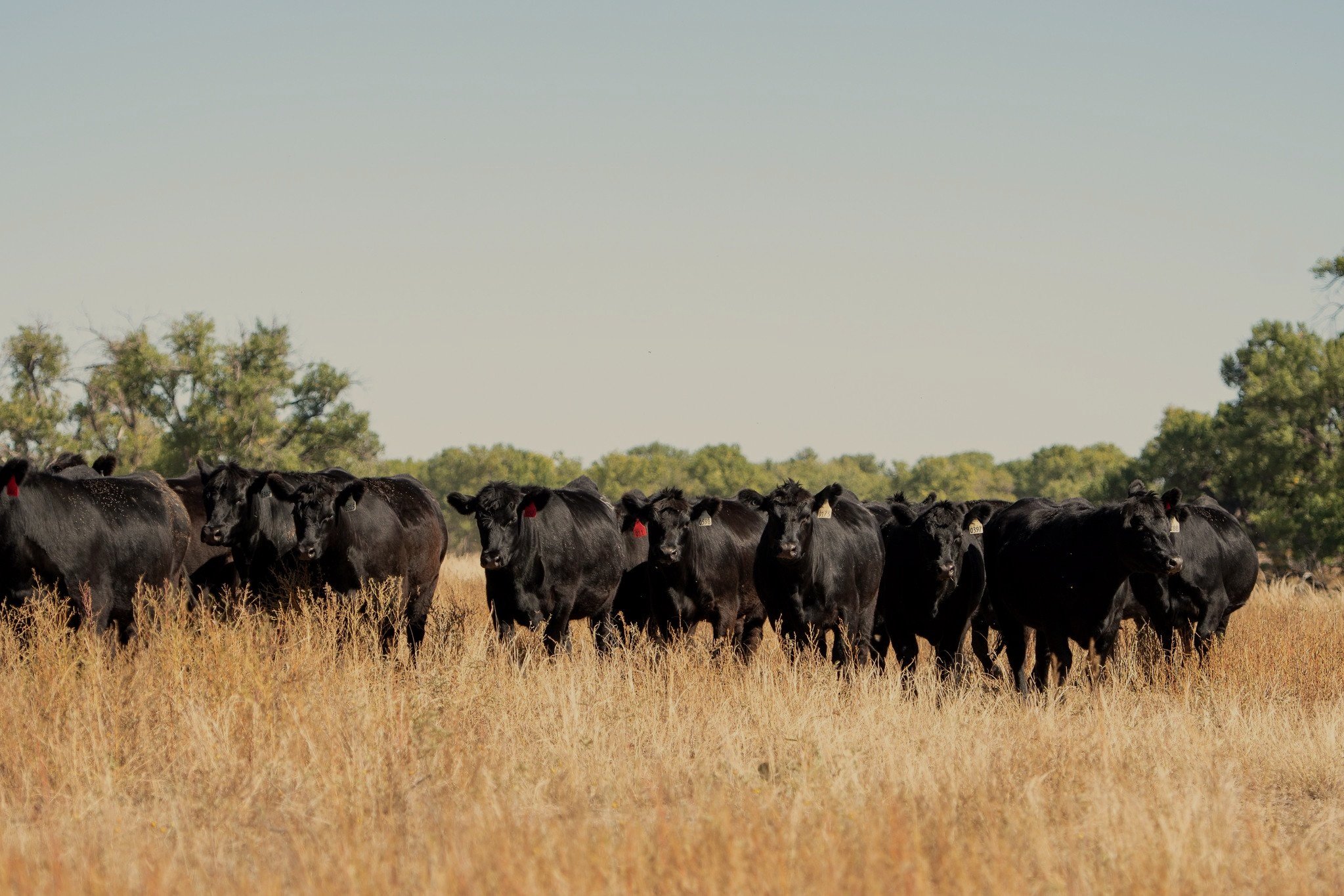Encourage Your Organization: Bagley Risk Management Insights
Encourage Your Organization: Bagley Risk Management Insights
Blog Article
Trick Elements to Think About When Choosing Livestock Risk Security (LRP) Insurance Coverage
When reviewing choices for Animals Danger Defense (LRP) insurance coverage, numerous essential variables warrant cautious factor to consider to ensure reliable risk administration in the farming sector. Selecting the appropriate coverage options customized to your details livestock operation is extremely important, as is understanding exactly how superior prices associate with the level of defense provided.
Protection Options
When taking into consideration Animals Threat Defense (LRP) insurance, it is vital to understand the numerous insurance coverage alternatives offered to reduce risks in the agricultural field. Animals Danger Defense (LRP) insurance policy uses different coverage alternatives customized to meet the varied requirements of livestock producers.
An additional crucial protection option is the recommendation period, which determines the length of time the protection holds. Producers can pick the endorsement period that finest suits their manufacturing cycle and market conditions. In addition, protection levels and prices vary based upon the sort of animals being insured, providing producers the flexibility to personalize their insurance coverage plans according to their certain requirements.
Recognizing the different insurance coverage options readily available under Livestock Danger Protection (LRP) insurance coverage is essential for manufacturers to make enlightened decisions that effectively secure their animals operations from market unpredictabilities.
Costs Costs

Livestock Danger Security (LRP) insurance coverage supplies crucial coverage options tailored to mitigate threats in the agricultural sector, with a significant aspect to think about being the calculation and structure of premium costs. When figuring out premium expenses for LRP insurance policy, numerous variables come right into play. These consist of the kind and number of livestock being insured, the coverage degree picked, the existing market value, historic price information, and the size of the protection period. Insurance companies might likewise take into consideration the place of the ranch, as geographic elements can influence the total danger account.
Insurance firms analyze historical data on animals rates and production expenses to establish an appropriate premium that shows the level of danger entailed. It is essential for livestock producers to meticulously evaluate premium costs and coverage choices to ensure they are effectively shielded versus potential economic losses due to negative market problems or unforeseen events.
Qualified Animals
The resolution of qualified livestock for Animals Danger Protection (LRP) insurance coverage entails cautious consideration of specific standards and features. Livestock types that are commonly eligible for LRP insurance policy consist of feeder cattle, fed lambs, swine, and cattle.
Feeder cattle, for instance, are generally qualified for LRP coverage if they drop within specified weight arrays. Fed cattle might also be eligible, yet they need to meet specific weight and quality grade needs. Swine eligible for coverage generally include market weight pets planned for slaughter. Lambs are one more group of livestock that can be considered for LRP insurance coverage, with factors such as weight and age playing an essential duty in determining their qualification.
Before choosing LRP insurance for livestock, manufacturers need to thoroughly evaluate the qualification standards outlined by the insurance copyright to guarantee their pets meet the needed requirements for protection.
Plan Versatility
Policy adaptability in Animals Danger Protection (LRP) insurance coverage allows manufacturers to tailor protection to fit their specific requirements and run the risk of administration approaches. This versatility encourages livestock producers discover here to tailor their insurance plans based on factors such as the kind of livestock they have, market conditions, and private threat tolerance levels. By supplying customizable alternatives, LRP insurance coverage makes it possible for producers to effectively handle their threat exposure while securing their animals operations versus unanticipated market volatility.
Claims Process
Upon experiencing a loss or damage, manufacturers can launch the claims process for their Livestock Danger Security (LRP) insurance policy by without delay calling their insurance coverage copyright. It is vital for producers to report the loss immediately to accelerate the claims process. When connecting to the insurance coverage copyright, producers will need to provide comprehensive details concerning the case, consisting of the day, nature of the loss, and any kind of pertinent documentation such as vet documents or market value.

After the assessment is complete, the insurance policy company will certainly decide pertaining to the claim and interact the end result to the producer. If the insurance claim is accepted, the manufacturer will obtain compensation according to the terms of their Animals Threat Protection (LRP) insurance coverage. Bagley Risk Management. It is crucial for producers to be aware of the insurance claims procedure to make certain a smooth experience in case of a loss

Verdict
To conclude, when picking Animals Danger Security (LRP) insurance Full Article coverage, it is vital to think about coverage choices, premium prices, qualified livestock, policy adaptability, and the cases procedure. These essential elements will certainly aid make sure that ranchers and farmers are properly safeguarded versus possible dangers and losses connected with their animals operations. Making an informed choice based on these factors to consider can inevitably result in better financial protection and assurance for livestock producers.
Livestock Threat Security (LRP) insurance supplies different coverage choices customized to satisfy the diverse requirements of livestock manufacturers.The determination of qualified livestock for Animals Risk Security (LRP) insurance policy coverage entails careful factor to consider of certain criteria and features.Policy adaptability in Livestock Threat Protection (LRP) insurance coverage allows producers to customize coverage to fit their details demands and run the risk of monitoring techniques.Upon experiencing a loss or damages, producers can start the cases procedure for you can find out more their Livestock Danger Defense (LRP) insurance by quickly calling their insurance copyright.In conclusion, when choosing Animals Threat Protection (LRP) insurance coverage, it is necessary to consider coverage choices, premium expenses, qualified animals, policy adaptability, and the insurance claims procedure.
Report this page